How to hang a TV on the wall without a bracket with your own hands?
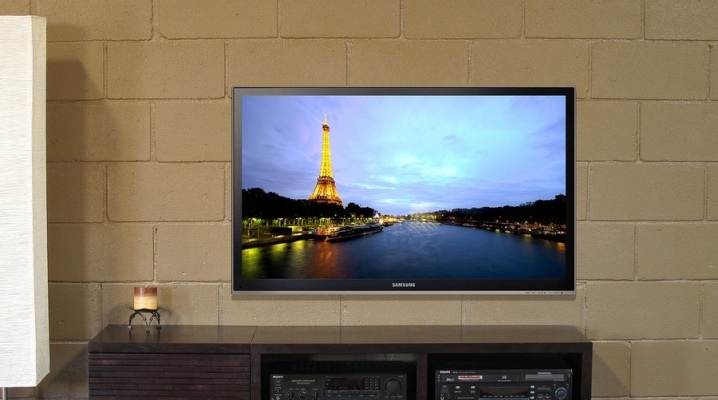
Observing certain rules, you can easily hang the TV on the wall with your own hands without a special bracket. We'll walk you through the best way to do this, walk you through the basic ways to mount an LCD TV to the wall, and give you important tips.
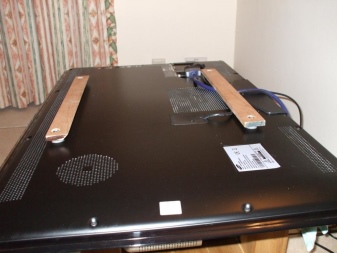
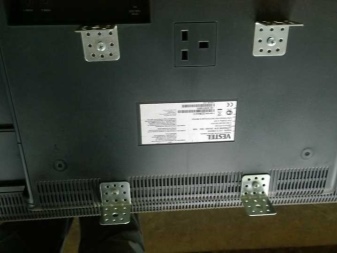
Which TV is right for you?
The quality of inexpensive brackets can be very questionable, and the abundance of hinges does not add to their reliability. And the metal itself can be very fragile. That's why sometimes a DIY mount will be more durable.
But not all TVs can be fixed in this way.
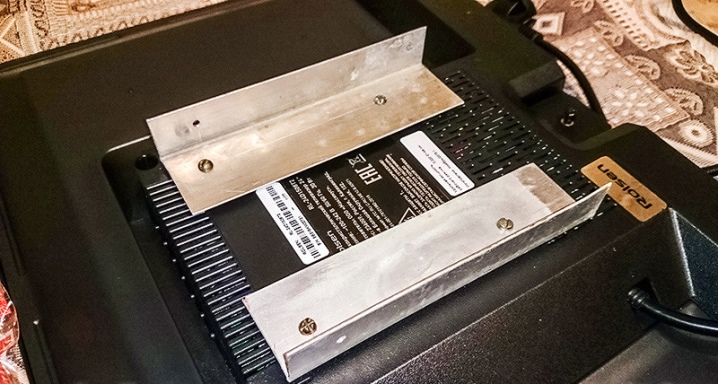
For wall mounting, the screen must meet certain requirements.
- It should only be liquid crystal (LCD or LED) and plasma (Plazma). It is not allowed to hang models with a CRT screen, they can only be placed on a shelf.
- All connections must be on the front or side panel. Or at the back, if there is a niche on the body with which you can lay the wires.
- Necessary the presence of grooves or threaded holes on the back of the case.
- The device passport must indicate the ability to mount on the wall.
- You can only install a small TV on your own. The size (and weight) allowable depends on the strength of the mounts you make, but typically less than 24 inches in diagonal.
If your model meets all these requirements, you can start choosing a mounting location.
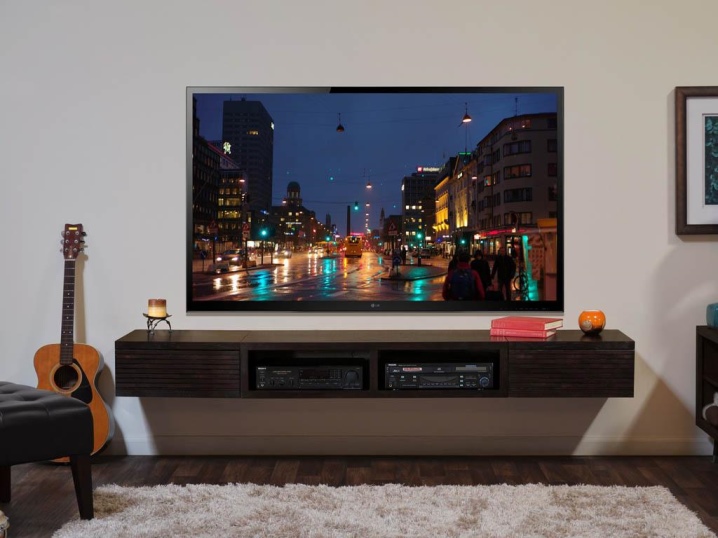
Site selection and preparation
First, determine a comfortable distance from the display to your eyes. A 32-inch screen should be installed at a distance of 2 meters from the viewer. If the diagonal is 50 inches, the required distance is 3 meters.
Choose a place so that you do not tilt your head while watching, but sit straight. The center of the screen should be at eye level of the viewer.
Be careful when choosing a position. Once the monitor is secured, it cannot be changed.
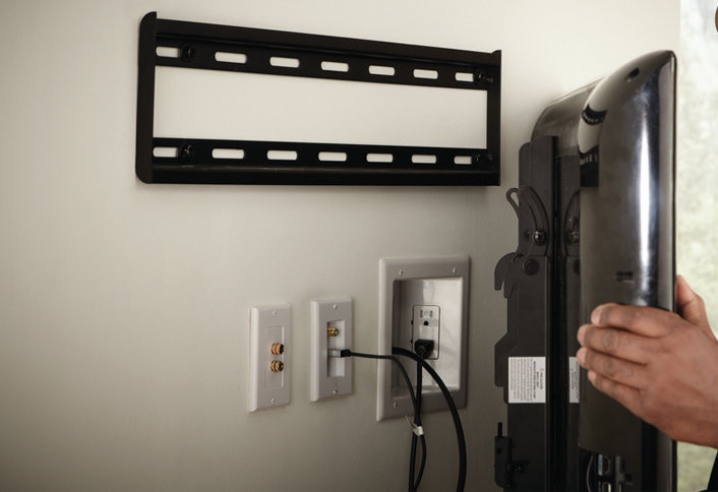
When choosing a place of attachment, you need to follow important rules.
- The TV should hang freely, and not in a niche between furniture. This is necessary for its normal cooling.
- In the place of fastening, hidden wiring is not allowed. It will interfere and may cause an accident during installation. Use special devices to search for wiring. In general, wires from sockets and switches run horizontally and vertically.
- Between the back of the cabinet and the wall there must be a cooling gap.
- It is advisable to place the display close to a power outlet. It is better in terms of fire safety and looks aesthetically pleasing.
- The TV should harmoniously fit into the interior of the room. There may be furniture next to it, but it should not interfere with cooling.
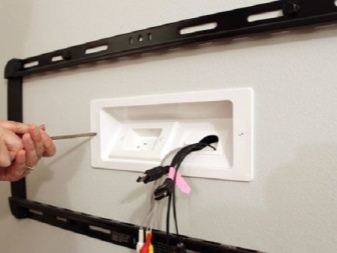
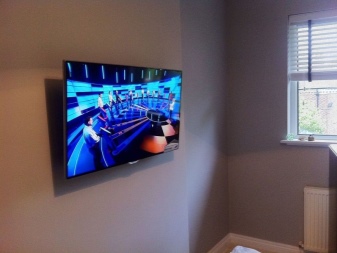
Hanging the screen on a wall without a bracket with your own hands is not possible on all walls. Consider some features when choosing a bearing surface.
- Brick and wood walls work well. You just need them not to crumble.
- If the wall is wooden, make sure there are no cracks or rot.
- Drywall and aerated concrete are poorly suited for anchoring as they can sag under load. In this case, you can use their metal guides.
- Some types of homemade bindings require free access to the opposite side.
- It is not recommended to mount the TV on a hollow wall.
If all conditions are met, you can go to work.
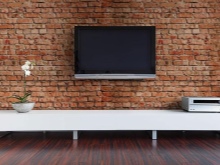
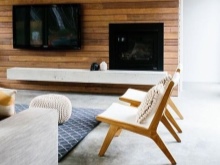
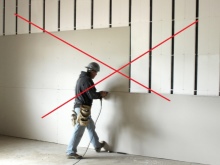
How can you fix it?
To install a TV without an industrial mount, you can use several methods.
This will require metal or wood parts. Choose the best option based on personal preference and the size of the diagonal.
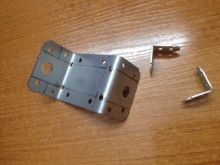
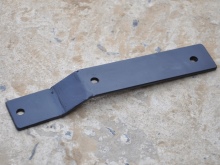
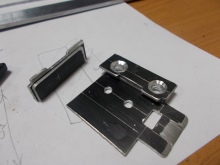
But first, pay attention to the general guidelines.
- Use a level for accurate horizontal and vertical markings. Or, as a last resort, an application on a smartphone, although the accuracy and convenience of its operation will be lower.
- Make a template to determine the position of the holes on the TV. To do this, attach a sheet of paper to its back wall and circle it with a pencil.
- Observe safety precautions.
Method 1
With long bolts. Only suitable for thin walls as they are drilled through.
- Select bolts of the correct length. They will have to screw into the threaded holes on the TV.
- Determine the locations of the future holes. They match exactly with the mounting nuts on the monitor.
- Drill straight through the wall perpendicularly.
- Place wide washers or perforated metal sheet under the bolts.
- Attach the TV and screw it on the other side with the screws.
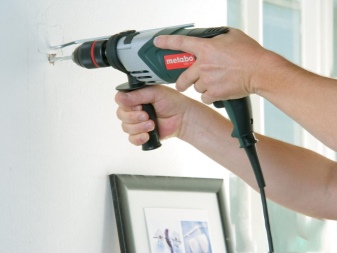
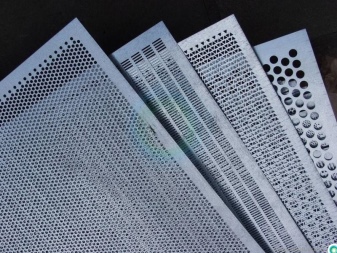
Advantages - the method is suitable for plasterboard floors, as it gives good strength. And there is no need to make special mounts. Disadvantages - the work is very dusty and time consuming.
Method 2
On 2 U-shaped profiles. Simple option, but not suitable for rooms with children and pets.
- Install one of the profiles horizontally on the wall with the cutout up. To do this, drill holes and hammer in plastic dowels.
- Attach the other profile to the TV with the cutout down.
- Hang the monitor using these profiles as hooks.
The construction is robust and reliable and the monitor is easy to remove. To avoid falling on one of the profiles, you can make caps for their corners.
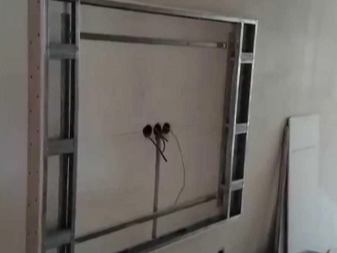
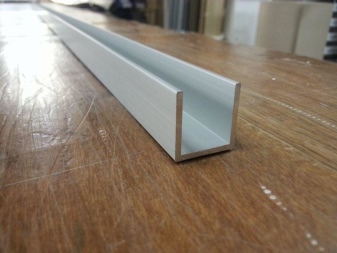
But please note that the device only mounts with 2 screws, and this method will not work for large screens.
Method 3
Suitable for heavier models. It uses 2 square profiles on each side, slightly longer than the vertical distance between the mounting holes on the TV.
- In one of the profiles, drill 2 holes through and through, matching the threaded holes on the monitor vertically.
- Between them (but closer to the top) make an oval or pear-shaped hole, the axis of which is parallel to the other two. You can do it by drilling one large and 2 small holes next to it, after which you need to remove the jumpers between them with a chisel or saw. Then remove the burrs with a file.
- Screw a bolt into the other profile with an overhang equal to the thickness of the mounting wall. You can do it like this: screw one nut onto the bolt, and combine the other with the desired cutout. Then screw the bolt into the inner nut, and use the other as a stopper. The first profile should easily fit on his hat.
- Fix one of the profiles to the wall and the other to the TV.
- Do the same for another pair of profiles.
- Slide the monitor onto the mount by aligning the bolts with the oval cutouts.
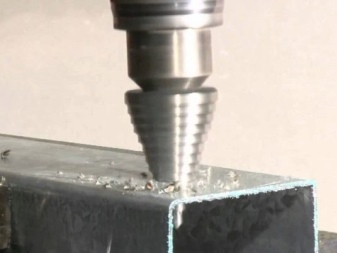

Method 4
On 2 dowels with L-hooks and an iron plate. Its length should be greater than the distance between the fixing nuts on the TV.
- Drill 1 hole on each side of the plate.
- Use screws to secure this bar to the 2 upper threaded holes of the TV.
- Screw the hooks into the wall. Their overhang should slightly exceed the thickness of the plate.
- Place the hooks on the TV, aligning the cutouts with them.
The distance between the holes for the hooks should be large as they need a place to exit. Otherwise, they will rest against the back wall of the device.
One of the advantages of these methods of installing the TV on the wall is that the fasteners are almost invisible. And to improve the decorative characteristics, you can prime and paint the metal elements.
Iron parts can sometimes be replaced with thicker wood. But we advise you not to save money, as the TV may fall and break. As a last resort, the wooden parts should be thick and well dried.
For information on how to hang the TV without a bracket, see below.













The comment was sent successfully.